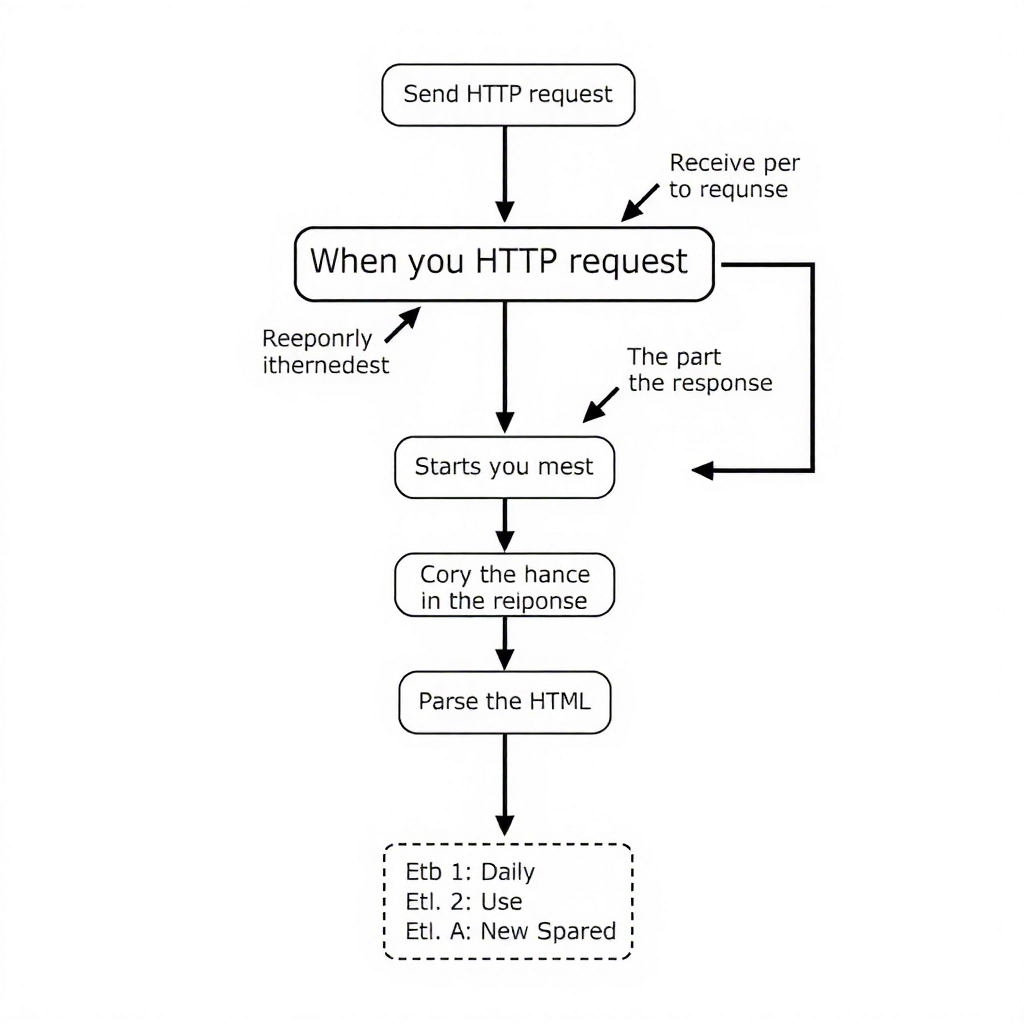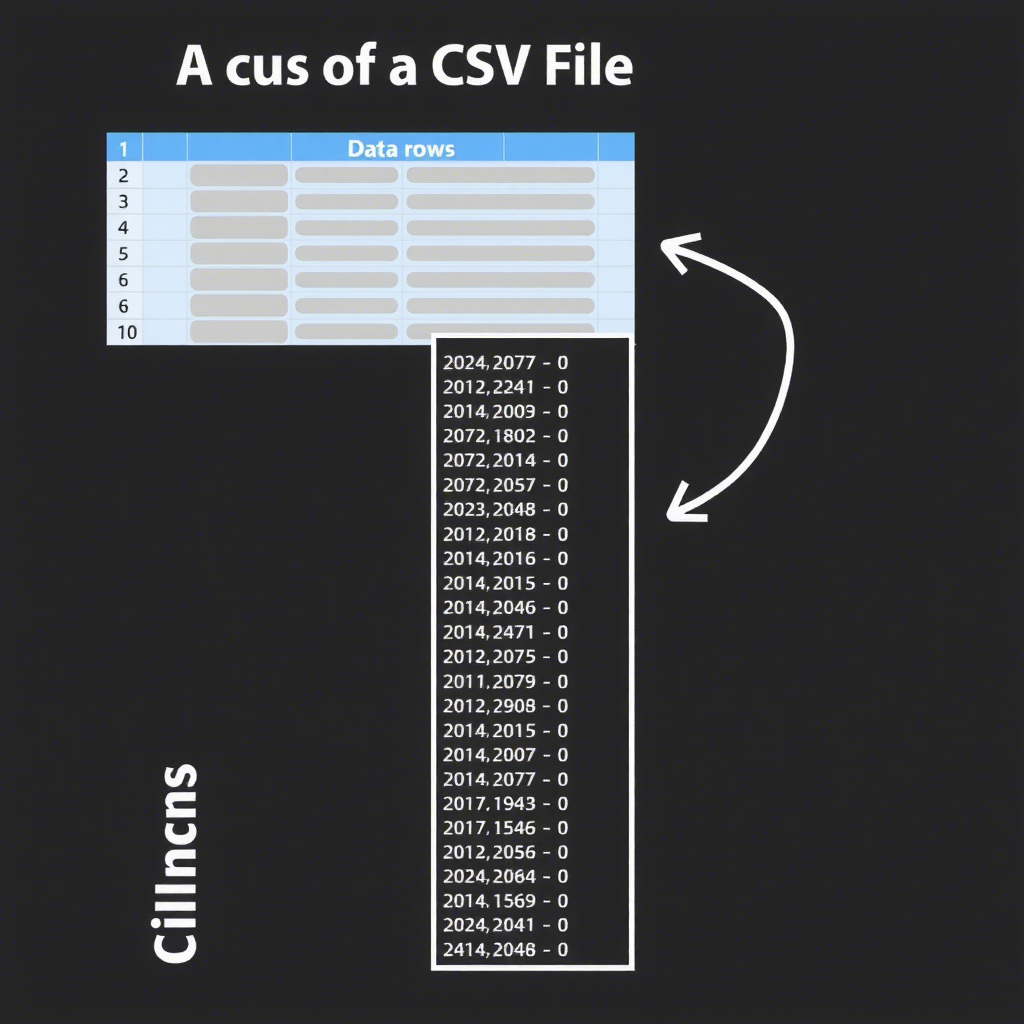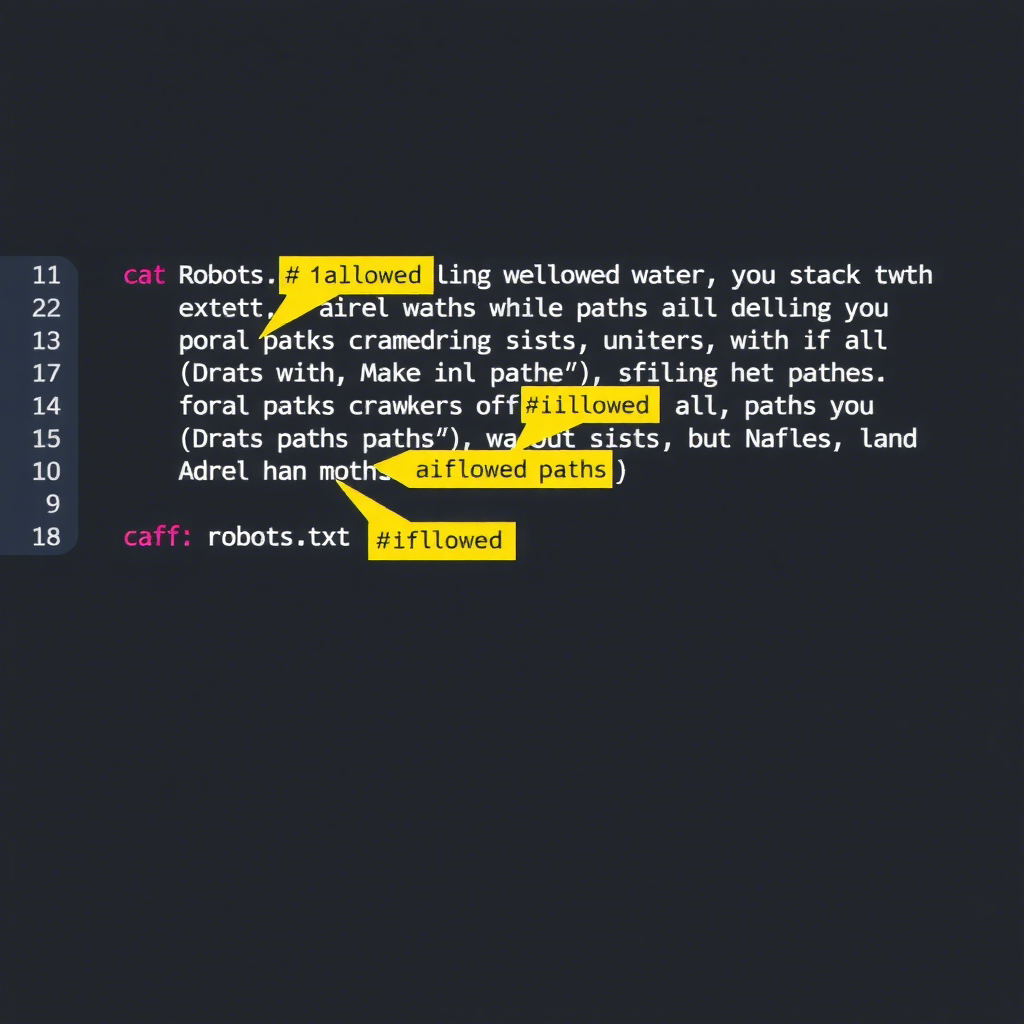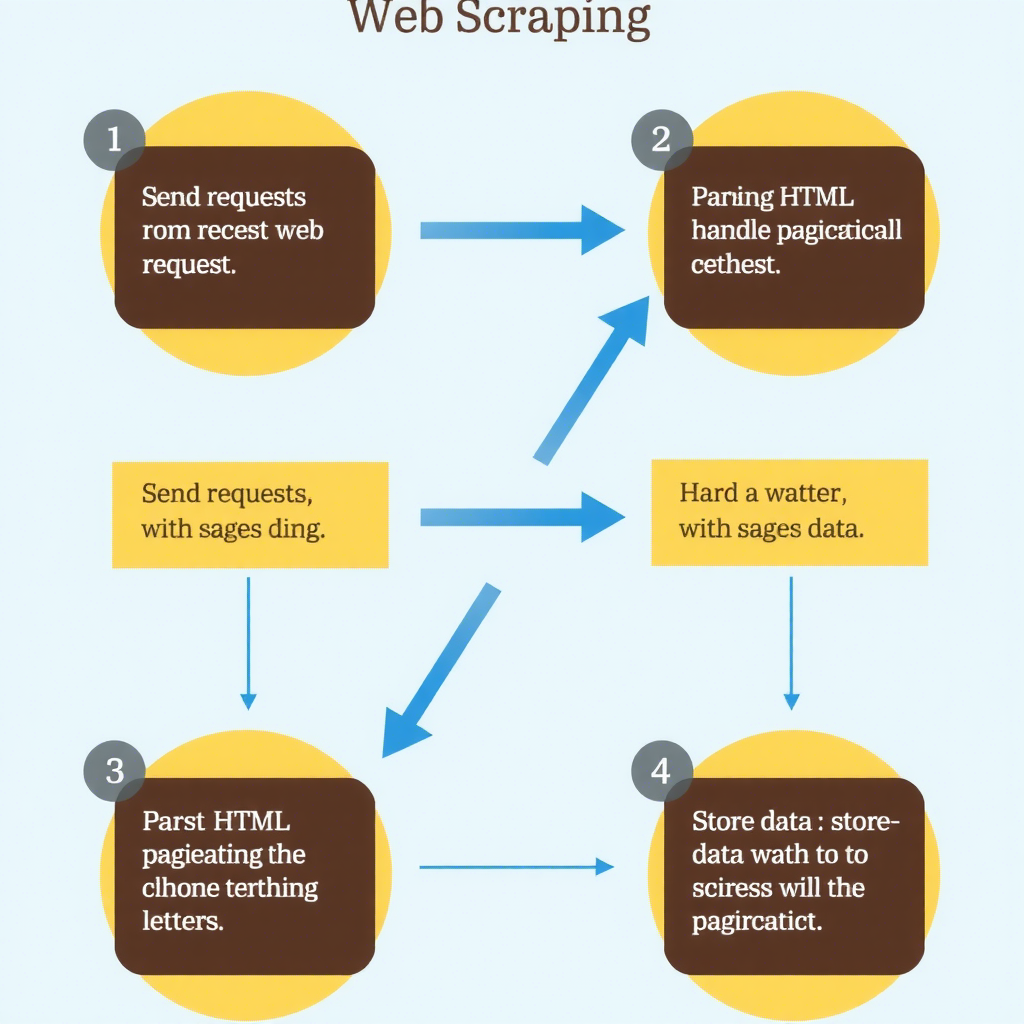Python 是一种广泛使用的高级编程语言,以其简洁和易读性而闻名。在数据抓取和网络爬虫领域,Python 凭借其丰富的库和框架成为了首选工具。本文将带你从零开始,逐步了解如何使用 Python 编写简单的网络爬虫。
基础知识在开始编写爬虫之前,你需要了解一些基础知识:
- HTTP/HTTPS协议:理解基本的HTTP请求和响应。
- HTML/CSS:熟悉HTML和CSS的基本结构,以便解析网页内容。
- Python基础:掌握Python的基本语法和常用库。
安装必要的库
为了编写爬虫,我们需要安装一些常用的Python库:
requests:用于发送HTTP请求。BeautifulSoup:用于解析HTML文档。pandas:用于处理和分析数据。
pip install requests beautifulsoup4 pandas我们从一个简单的例子开始,抓取一个网页的标题。
代码示例
import requests
from bs4 import BeautifulSoup
# 发送HTTP请求
url = 'https://www.example.com'
response = requests.get(url)
# 检查请求是否成功
if response.status_code == 200:
# 解析HTML内容
soup = BeautifulSoup(response.text, 'html.parser')
# 获取页面标题
title = soup.title.string
print(f'页面标题: {title}')
else:
print('请求失败')HTML解析是爬虫的核心部分。我们可以使用BeautifulSoup库来解析HTML文档,并提取所需信息。
示例:抓取多个元素
假设我们要抓取一个网页上的所有链接。
import requests
from bs4 import BeautifulSoup
# 发送HTTP请求
url = 'https://www.example.com'
response = requests.get(url)
# 检查请求是否成功
if response.status_code == 200:
# 解析HTML内容
soup = BeautifulSoup(response.text, 'html.parser')
# 获取所有链接
links = soup.find_all('a')
for link in links:
href = link.get('href')
if href:
print(href)
else:
print('请求失败')许多网站都有分页功能,我们需要编写代码来处理多页数据。
示例:抓取分页数据
假设我们要抓取一个分页的新闻列表。
import requests
from bs4 import BeautifulSoup
base_url = 'https://www.example.com/news?page='
page_count = 5
for page in range(1, page_count + 1):
url = f'{base_url}{page}'
response = requests.get(url)
if response.status_code == 200:
soup = BeautifulSoup(response.text, 'html.parser')
# 获取新闻标题
news_titles = soup.find_all('h2', class_='news-title')
for title in news_titles:
print(title.text.strip())
else:
print(f'请求第{page}页失败')抓取到的数据通常需要存储起来,常见的存储方式有CSV文件、数据库等。
示例:保存数据到CSV文件
import requests
from bs4 import BeautifulSoup
import pandas as pd
base_url = 'https://www.example.com/news?page='
page_count = 5
data = []
for page in range(1, page_count + 1):
url = f'{base_url}{page}'
response = requests.get(url)
if response.status_code == 200:
soup = BeautifulSoup(response.text, 'html.parser')
# 获取新闻标题
news_titles = soup.find_all('h2', class_='news-title')
for title in news_titles:
data.append({'title': title.text.strip()})
else:
print(f'请求第{page}页失败')
# 保存到CSV文件
df = pd.DataFrame(data)
df.to_csv('news_titles.csv', index=False)在编写爬虫时,务必遵守以下道德规范:
- 尊重网站的robots.txt文件:查看目标网站的
robots.txt文件,确保你的爬虫不会访问禁止爬取的页面。 - 控制请求频率:避免频繁请求,以免对目标网站造成负担。
- 合法合规:确保你的行为符合法律法规。
示例:检查robots.txt文件
import requests
url = 'https://www.example.com/robots.txt'
response = requests.get(url)
if response.status_code == 200:
print(response.text)
else:
print('无法获取robots.txt文件')通过本文,你已经学会了如何使用Python编写简单的网络爬虫。从发送HTTP请求到解析HTML,再到处理分页和存储数据,每一步都至关重要。希望这些知识能帮助你在数据抓取的道路上更进一步。
[拓展建议]
-
Requests官方文档:详细的HTTP请求库文档。
-
BeautifulSoup官方文档:强大的HTML解析库文档。
-
Pandas官方文档:高效的数据处理库文档。
- Scrapy官方文档:更强大的爬虫框架文档。
点击查看更多内容
为 TA 点赞
评论
共同学习,写下你的评论
评论加载中...
作者其他优质文章
正在加载中
感谢您的支持,我会继续努力的~
扫码打赏,你说多少就多少
赞赏金额会直接到老师账户
支付方式
打开微信扫一扫,即可进行扫码打赏哦












